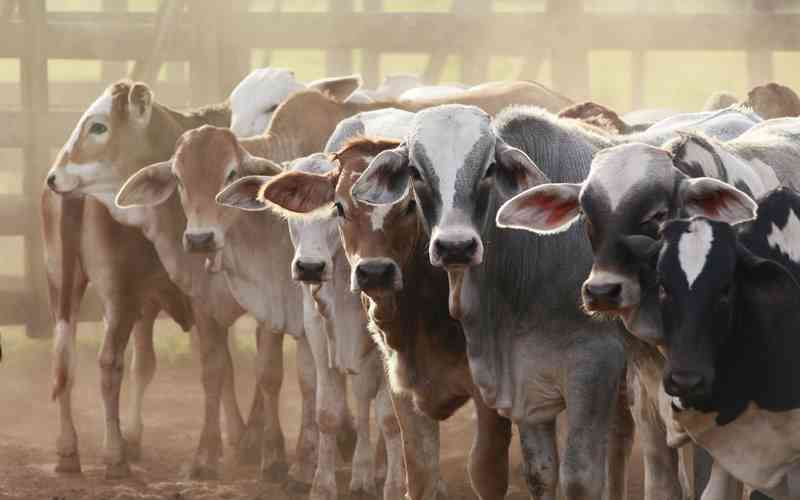
FINANCIAL services firm Inter Horizon Securities (IH) says animal husbandry across all animal groups has increased, meaning that the practice is now an integral part of overall agricultural activity and livelihoods.
According to the IH’s new agriculture sector report 2023 released last week, the goat population grew 14% to 4,87 million, sheep grew 2,53% to about 730 000 and pigs saw a growth of 8,05% to 339 644.
This was in comparison to the year 2022.
Animal husbandry refers to livestock raising and selective breeding for profit, an enterprise which many farmers in Zimbabwe relies on for sustenance and livelihoods.
“Animal husbandry remains a significant aspect of agriculture with livestock acting as a safety net for communal households,” the report read.
“Cattle remain an integral part of local agriculture with 75% of communal farmers relying on them for tillage. Cattle contribute about 10,81% to the country’s agricultural GDP (gross domestic product). The commercial farmers represent 29% of ownership.”
The report noted that there are no recognisable recorded beef exports since the 1990s due to the country’s disease control system challenges.
“Beef exports peaked in the 1990s, with the country exporting just under 12 000 tonnes annually. However, deficiencies in the disease control systems led to decimation of the industry with currently no significant recorded exports to date.”
- Mavhunga puts DeMbare into Chibuku quarterfinals
- Bulls to charge into Zimbabwe gold stocks
- Ndiraya concerned as goals dry up
- Letters: How solar power is transforming African farms
Keep Reading
“The national beef cattle herd had a growth of 2% in 2022 to 5 642 400 in 2022. Cattle mortality decreased from 9% in 2021 to 6% in 2022 with disease remaining the lead cause of mortality.”
The research firm reported that government’s Livestock Recovery Growth Plan is targeting a national herd of six million cattle by 2025 to meet an annual beef production target of 90 000 tonnes.
The researchers also noted that during the 2022/23 farming season “grazing conditions were good at the time of assessment due to favourable rains”.
“However, grazing adequacy remains critical in the communal areas mainly because of poor veld management.
“As per the First Round Crop, Livestock and Fisheries Assessment report, national water levels for livestock were adequate and the trekking distance to drinking water sources on average was less than one kilometre,” the report said.
At peak production, more than two decades ago, Zimbabwe had a dairy herd of 191 000, yielding 256 million litres of milk annually.
Based on the report, efforts to restore the sector have seen the dairy herd increasing from 33 000 in 2005 to 53 250 as of 2022.
“2022 saw an increase of 11,3% for the national dairy herd while raw milk production responded with a 15% rise in production in the same year to 91,4 million litres. Demand for milk and its associated products is estimated at 120 million litres with the deficit being filled by imports from regional counterparts,” the report noted.
The sector is mainly dominated by commercial production with smallholder farmers only reportedly contributing 5% of milk to the formal value chain.
Challenges facing the sector include elevated cost of feed, compromised yields, and low producer prices for milk that disincentives investment.
“Feed costs account for about 65% of production costs, impacting viability. As per the 2021 ministry report, the cost of local raw milk at US$0,66 per litre is highly uncompetitive against regional peers averaging at US$0,36 per litre,” IH Securities said.
“The livestock Recovery Growth Plan by the government is targeting a dairy herd of 60 000 by 2025 and milk production of 150 million litres annually.”
Fish farming has also emerged as a booming industry with the Small and Medium Enterprises, Women Affairs and Community Development ministry reporting having approximately 11 000 small-scale fish farmers on the market making up the bulk of producers.
“As of 2022, there were 7 247 fish ponds, up 29% year-on-year, however, only about 60% of these were operational,” the IH Securities report added.
The most prevalent fish breed is tilapia.






